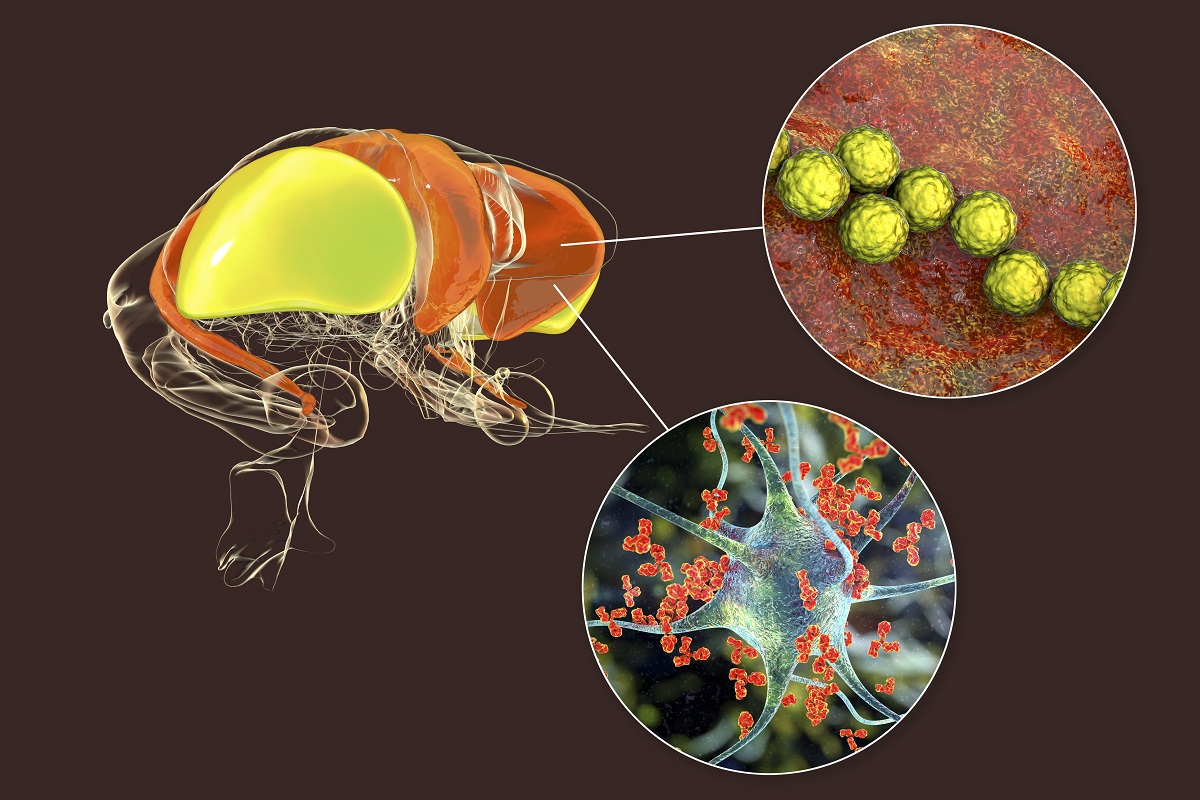KEY TAKEAWAYS
- The study aimed to examine the roles of MAP2K1, miR-7113-3p, and miR-6721-5p in OSCC progression.
- Researchers noticed that miR-7113-3p and miR-6721-5p may be early OSCC biomarkers, and MAP2K1 links to development.
Oral squamous cell carcinoma (OSCC) is a common cancer within the head and neck squamous cell cancer group. The rising incidence of oral carcinomas and their often late-stage detection pose significant global health challenges. While microRNAs (miRNAs) are known to influence cancer growth and progression, there is limited information on the roles of miR-7113-3p and miR-6721-5p in OSCC.
A Vasheghani Farahani and the team aimed to investigate the roles of MAP2K1, miR-7113-3p, and miR-6721-5p in the progression of OSCC.
They used quantitative real-time PCR to analyze mRNA expression of MAP2K1, miR-7113-3p, and miR-6721-5p in fresh frozen OSCC tissues and adjacent normal tissues from 30 patients. They also examined the relationship between these expressions and clinical parameters.
MAP2K1 expression was significantly higher in tumor tissues compared to normal tissues, while miR-7113-3p and miR-6721-5p levels were notably lower. A statistical correlation of P= 0.04 was found between increased MAP2K1 expression and perineural invasion.
Additionally, downregulation of miR-7113-3p was positively correlated with MAP2K1 overexpression (P= 0.0218), whereas miR-6721-5p downregulation showed no significant correlation with MAP2K1 overexpression (P= 0.7771).
The study suggested that miR-7113-3p and miR-6721-5p could serve as potential biomarkers for early detection of OSCC. Additionally, MAP2K1 overexpression is associated with OSCC development and perineural invasion.
No funding information was available.
Source: https://pubmed.ncbi.nlm.nih.gov/39183549/
Vasheghani Farahani A, Kavousi M, Jamshidian F. (2024). “Evaluation pattern within tumor microenvironment and consequent gene expression in oral cancer.” Hodnocení nádorového mikroprostředí a následné exprese genů u karcinomu ústní dutiny. Klin Onkol. 2024;38(1):34-39. doi:10.48095/ccko202434



